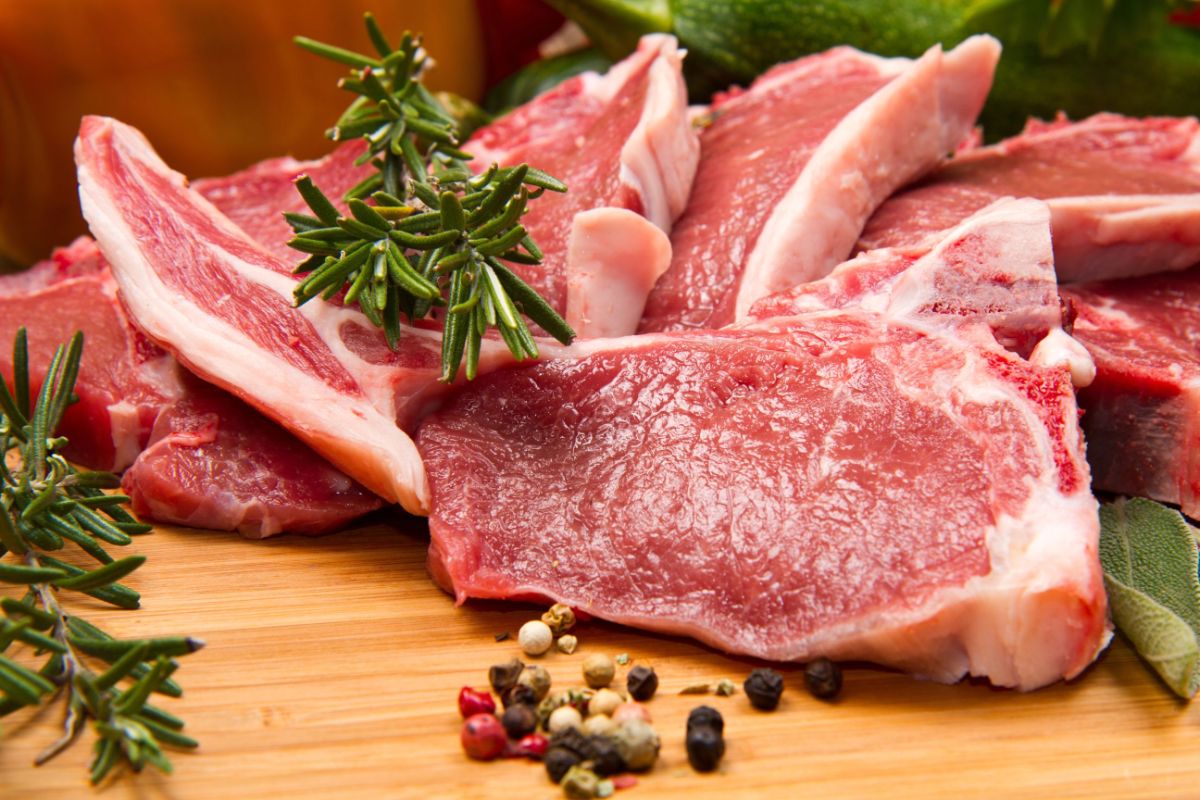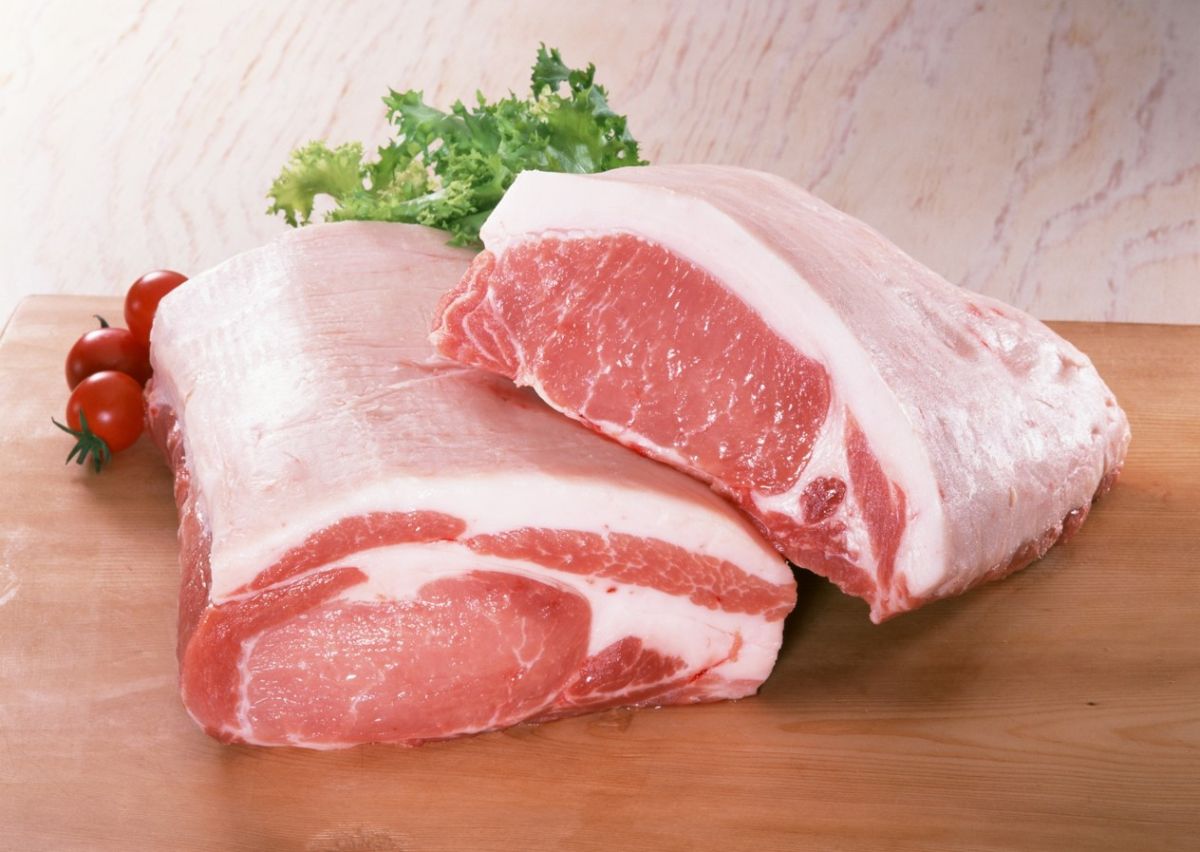5 Health Benefits of beef (based on science)
Beef is the meat of adult cows, bulls and oxen. The meat of young animals of these breeds is called veal.
Beef is classified as red meat because it contains a large amount of iron. It is also a valuable source of high-quality protein, some vitamins and minerals.
According to scientists, beef has important beneficial properties: it provides reliable prevention of iron deficiency anemia, as well as a number of other diseases.
Content
How it is useful – 5 facts
Below are the 5 main facts about the benefits of beef with scientific justification.
1. The content of important nutrients
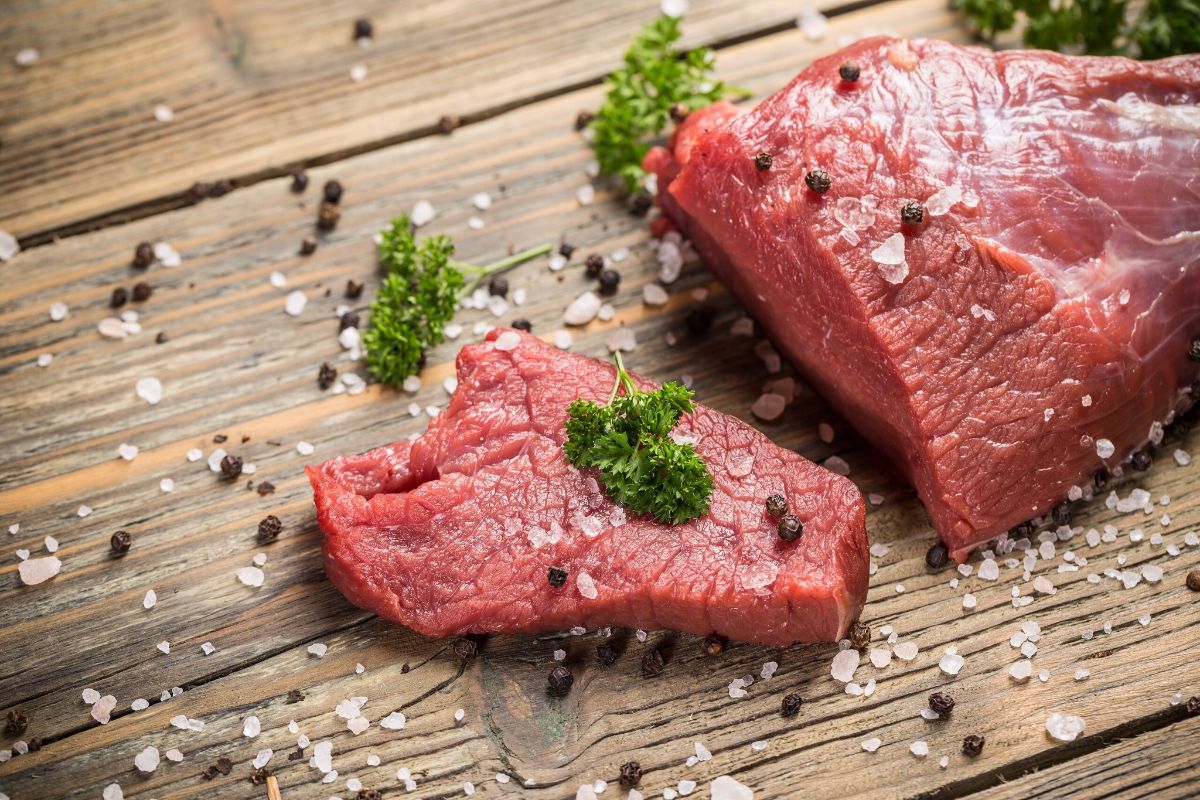
The main feature of beef is its high protein content and valuable fats. In 100 grams of product available about 26 grams of protein and almost 12 grams of fat.
Animal protein is a source of essential amino acids necessary for the harmonious growth and development of all body tissues. Protein substances are especially important during periods of mental or physical overload, for recovery after severe surgical interventions.
Beef fats are equally important. The fat level depends on many factors (the level of pruning; age, sex and breed of the animal; the feed used) and averages about 5-15%.
Beef consists mainly of saturated and monounsaturated fats, and the main fatty acids are stearic, oleic, palmitic and linoleic acids. The described fats are like claim Swiss specialists are not harmful to health.
The main minerals and vitamins in beef:
- Vitamin B. Is responsible for the formation of blood cells, supports brain function and the peripheral nervous system.
- Zinc. Ensures the growth and development of all tissues, regulates enzymatic processes.
- Selenium. Provides powerful anti-inflammatory and antioxidant effect, participates in the synthesis of thyroid hormones.
- Iron. Needed for Hemoglobin synthesis , delivering oxygen to every cell in the body.
- Niacin. Reduces the risk of developing cardiovascular diseases.
- Vitamin B. It participates in the formation of shaped blood elements and metabolic processes.
- Phosphorus. Supports bone mineral density , responsible for the coordinated growth of all organs.
In addition, beef contains creatine (needed for muscle growth), glutathione (a powerful antioxidant), cholesterol (an integral component of cell membranes).
2. Maintaining muscle mass
 Like any kind of meat, beef is rich in proteins – the structural elements of all muscle fibers.
Like any kind of meat, beef is rich in proteins – the structural elements of all muscle fibers.
According to the data scientists, insufficient protein intake (especially of animal origin) inevitably leads to atrophy of muscle fibers and the development of sarcopenia, which is often found in old age.
However, the development of this condition can be prevented by consuming sufficient amounts of animal protein, fish and dairy products.
3. Improving physical performance
 Beef meat contains carnosine. British Studies installed
that this substance increases muscle performance and has a beneficial effect on physical activity.
Beef meat contains carnosine. British Studies installed
that this substance increases muscle performance and has a beneficial effect on physical activity.
The product also contains beta-alanine, which, according to experts from Belgium, leads to an increase in the concentration of carosin in muscle tissue (by about 60% in 7 weeks).
Sufficient consumption of animal meat helps to maintain carnosine in muscle fibers at a high level, which not only improves athletic performance, but also has a positive effect on muscle growth.
American scientists proved that this substance also reduces the severity of feelings of fatigue and impotence after excessive exertion.
4. Prevention of anemia
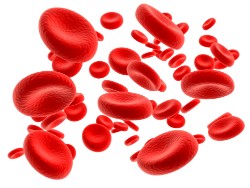 Anemia is a very common disease in which the blood Hemoglobin levels are decreasing
and (or) red blood cells. As a result, all cells of the body do not receive enough oxygen.
Anemia is a very common disease in which the blood Hemoglobin levels are decreasing
and (or) red blood cells. As a result, all cells of the body do not receive enough oxygen.
The most common cause of anemia is iron deficiency (due to malnutrition, disorders of the digestive system, chronic blood loss during menstruation in women).
Beef, according to the data specialists of the University of Chile, is a rich source of heme iron, which is perfectly absorbed.
According to information Danish scientists, beef meat also increases the bioavailability of non-heme iron contained in plant-based products. This property is extremely important for the complex therapy of anemia.
It should be noted separately that for the purpose of replenishing iron deficiency, eating meat is more effective than using medications. To this conclusion scientists came who conducted an experiment with 47 women.
5. Improving brain function
 Experimentally proven that iron deficiency adversely affects the state of the nervous system. This mineral participates in metabolism at the level of the brain and supports the myelination of nerve bundles.
Experimentally proven that iron deficiency adversely affects the state of the nervous system. This mineral participates in metabolism at the level of the brain and supports the myelination of nerve bundles.
With insufficient iron inclusion in the diet, cognitive, motor and social development slows down in children, atrophic pathologies (Alzheimer's or Peak's disease), dementia are more common in adults, and the emotional and volitional sphere is disrupted.
The inclusion of beef in the diet contributes to the adequate functioning of the central parts of the nervous system and, as a result, the prevention of the above-described deviations.
Harmful properties
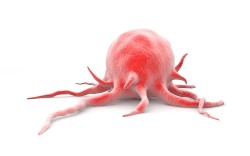 Beef, like other types of meat, has been one of the main sources of food for humans for thousands of years. However, there are also negative sides to it.
Beef, like other types of meat, has been one of the main sources of food for humans for thousands of years. However, there are also negative sides to it.
The harmful effects of beef include the following:
- Increased risk of cancer. The undesirable effect applies only to roast beef. When frying meat, special carcinogenic substances are formed that increase the likelihood of malignant transformation of cells of the colon and rectum, as well as the prostate (in men) and mammary glands (in women).
- Dyslipidemia. Proven that when eating beef, there is a decrease in beneficial HDL cholesterol, which can lead (with an initially high level of total cholesterol) to the formation of atherosclerotic plaques on the walls of blood vessels.
- Insulin resistance. Beef meat, according to scientists , slightly reduces the sensitivity of peripheral tissue receptors to insulin. Such a circumstance may adversely affect the course of type II diabetes mellitus.
- Increased risk of developing cardiovascular diseases. Some research demonstrate that frequent consumption of red meats can negatively affect the incidence of pathologies from the heart and blood vessels.
- Helminthiasis. Tapeworm may be present in beef. Under unfavorable conditions of cow breeding or insufficient heat treatment of meat, the risk of infection is high.
- Allergic reactions. Sensitization of the body to beef proteins is a common phenomenon. Allergopathologies can have any character: from a simple papular rash to anaphylaxis.
Application in cooking
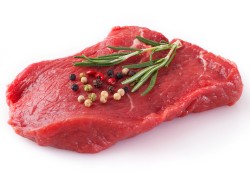 Beef has a "bright" meat taste and has a slightly milky aroma. Such organoleptic properties make beef a very popular product in modern cooking.
Beef has a "bright" meat taste and has a slightly milky aroma. Such organoleptic properties make beef a very popular product in modern cooking.
Meat is usually subjected to heat treatment. Most often, fried, boiled, baked or stewed beef is consumed. Sometimes meat is cooked over an open fire, grilled, smoked or dried (basturma). There is also a known method of serving beef in its raw form – carpaccio.
Beef meat makes excellent sausages, sausages, dumplings, cutlets and meatballs.
In Russian cuisine, the product serves as one of the main ingredients for first courses (soups and broths), jelly. Marbled beef and other types of steaks are widely appreciated in many countries of the world.
You can make medallions, chops and kebabs from fillets or entrecote. In recent years, beef meat has often been used in the preparation of salads ("Roman", "male caprice").
Beef goes well with any cereals, vegetables and pasta, as well as with seasonings such as marjoram, thyme, bay leaf, red or black ground pepper.
In the culinary business, any parts of the cow's body can be used:
- Bones – for making jelly and pates;
- Bone marrow – broths and jelly;
- Liver pates and various delicacies, liver sausage;
- Heart – frying in its pure form, pates, salads;
- Udder – boiled (usually with milk or dairy products);
- Ears – in pure boiled form, for cooking a potion or jelly (most often – for feeding pets);
- Tail – boiled and served with carrots (extremely useful for maintaining skin health).
Beef or veal: which is healthier?
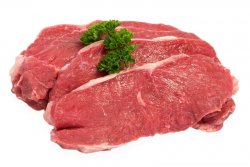 Veal (or meat of young bulls) is a more useful product.
Veal (or meat of young bulls) is a more useful product.
It is low in fat (it can be consumed with obesity, dyslipidemia and a high risk of developing cardiovascular diseases).
It also contains fewer compounds that increase the risk of cancer and uric acid formation in the body.
Conclusion
- Thus, beef is an extremely valuable source of proteins (with essential amino acids), fats, as well as vitamins and minerals.
- With regular consumption of beef meat, the work of the musculoskeletal system and the central nervous system improves, anemia is less common, the whole body works better as a whole.
- It is important to keep in mind that beef should not be abused in the presence of cardiovascular or endocrine disorders.
